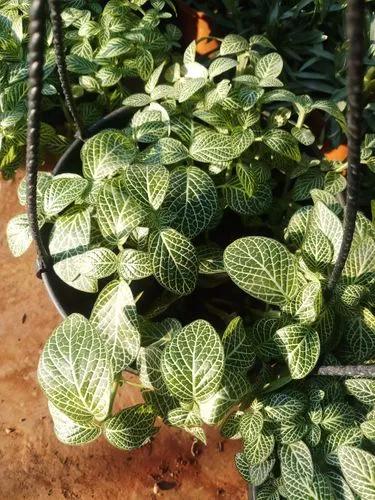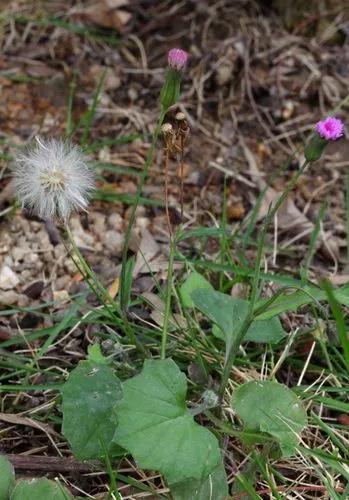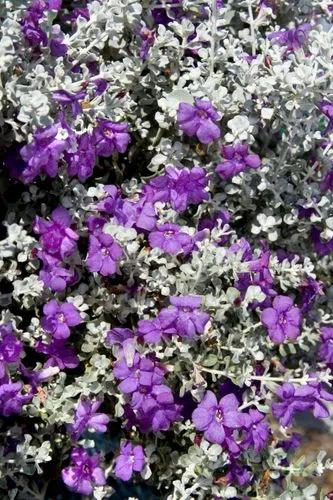Syringa vulgaris is a species of flowering plant in the olive family Oleaceae, native to the Balkan Peninsula, where it grows on rocky hills. Grown for its scented purple flowers in spring, this large shrub or small tree is widely cultivated.
Common lilac Care
Syringa vulgaris



Common lilac bushes (Syringa vulgaris) are deciduous shrubs that bloom in late spring. Syringa is a member of the olive family, along with other such ornamental plants as ash trees, forsythia shrubs, and privet shrubs. The outstanding quality of many lilacs is the smell of their flowers. However, not all types are equally fragrant; grow Syringa vulgaris when in doubt if the smell is your main interest. Common lilac bushes are attractive enough to be treated as specimens. They are also often planted in rows along property borders and pruned into loose hedges.
How to Care for the Plant

Water

Lilacs thrive when watered regularly after first planting, during heavy growth periods (spring time), and extended dry spells. Once established, lilacs are fairly drought tolerant. Watering your lilac plant is recommended once every 10 to 14 days from from spring until blooming ends. Lilacs respond best to deep, infrequent watering.

Pruning

It is important to never remove more than a third of the foliage in any one year and to cut just above a node on the stem.

Fertilizer

An organic, balanced, liquid fertilizer once a month during the growth period is recommended.

Sunlight

All plants require light for photosynthesis, the process within a plant that converts light, oxygen, and water into carbohydrates (energy). Plants require this energy to grow, bloom and produce seeds. Without adequate light, carbohydrates cannot be manufactured, the energy reserves are depleted and plants die. They need 12-14 hours of indirect sunlight.

Soil

Rich, well-draining soil.

Temperature

Lilacs can be grown in the areas with the lowest temperatures of −40°C (−40°F). Most lilacs are not heat-tolerant and don`t like hot summers.

Container

Here’s a handy guideline: increase pot size by 2.5-5 cm (1 to 2 inches) in diameter for plants that are growing in pots 25.4 cm (10 inches) in diameter or less. For larger plants, those growing in pots greater than 10 inches in diameter, increase the pot size by 5 or 7.62 cm (2 or 3 inches) in diameter.

Popularity

14,520 people already have this plant 2,209 people have added this plant to their wishlists
Discover more plants with the list below
Related articles






